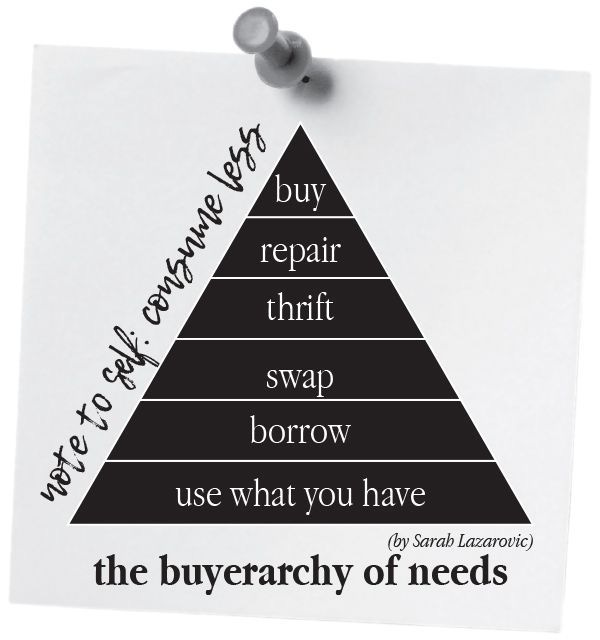Simple Switches
5 simple switches I made to start building the wardrobe of my dreams: sustainably, ethically, and AFFFORDABLY.
Everyone always has a reason to not make the sustainable choice, whether it’s because it’s too expensive or inconvenient (myself included at one point in time); but here’s the fat truth…
IT SAVES YOU TIME & MONEY.
Don’t get me wrong, you can make anything as pricey as you want these days, but a true sustainable wardrobe will pay for itself three times over. So, let’s get started.
I’m not made of money. And when I found out all my clothes were made by slaves, I knew I wouldn’t be able to afford a direct replacement with all sustainable options. That being said, I was still determined to build not only a wardrobe I loved, but one that aligned with my personal style & values and helped exude my confidence.
So, I started with the most simple and basic of all suggestions, I took inventory of what I already had. I stopped buying and started looking at what I bought. Why was I never happy or only wore things a few times, just to replace it in the future with something similar?
Two reasons:
One, I wasn’t buying in alignment with my personal style and values.
And two, I was buying with a one-wear mindset.
In order to build a wardrobe you LOVE, you need to know what you love. That means, cutting out the noise and identifying your (personal) style. Once you know what you love, finding things to LOVE in alignment is easy.
Below, I share five simple switches I made to cut the noise, identify my personal style, and begin building the wardrobe of my dreams:
Unsubscribe & Unfollow
I know we all love to have our favorite influencers on Instagram and here’s the thing, they’re not all bad. I follow a few strictly to continue to inspire myself on how to style things new ways but pick 2-3 of your favorites and unfollow the rest. You don’t need the temptation or distraction. Also, unsubscribe from those brands that email-bomb you, they’re like a leech of an ex; ya don’t need them sis, more isn’t the answer here!
Follow the Buyer- Archy of Needs (strictly)
If you haven’t heard of it, I recommend brushing up on Sarah Lazarovic’s take on Maslow’s Hierarchy of Needs, known as “Buyer Archy of Needs”. If you’re an impulse buyer, I definitely recommend using this chart to help guide your next purchase. If there’s something I’m on the fence about, I like referring back to this to remind me there are options other than “new”.
Identify Favorite Colors & Fabrics
Have you ever seen someone walk in heels that doesn’t usually wear them because she hates them? And she walks a little funny and awkward and looks super uncomfortable? You look that way in any outfit you’re not comfortable in. Best way to avoid? KNOW what you like and the colors & fabrics that make you comfortable. If you hate pink that much, don’t buy it; you can always borrow.
Performed Closet Audits (frequently)
When doing 1-3, a closet audit is inevitable; but I recommend doing it more than you think. Especially if you’re the type of person who has either collected a lot or tendencies to hold onto a lot. People consider me a minimalist, but I go through my things at minimum, once a month. Don’t get rid of everything frantically, but if you haven’t used something in the past year (for any reason) you probably will not use it this year. It’s okay to let it go (responsibly).
Ditched Fast Fashion Brands
When you’ve done the work to identify the gaps in your consumer habits and confirmed your personal style, it’s time to shop in alignment with your values and style. The purpose of this is to help cultivate a better, healthier relationship with your purchases so you don’t overconsume and are more satisfied. Here’s the secret I wish I knew sooner, the brands that we frequently buy from (mostly fast fashion) don’t intend for us to love our clothes forever; they monetize from the manipulation of trends. Now that I’ve made the switch to more wholesome companies who want me to love what I buy, care about the environment, and most importantly care about those making the product, I find myself more satisfied because I have a deeper connection with the things I’m consuming.




